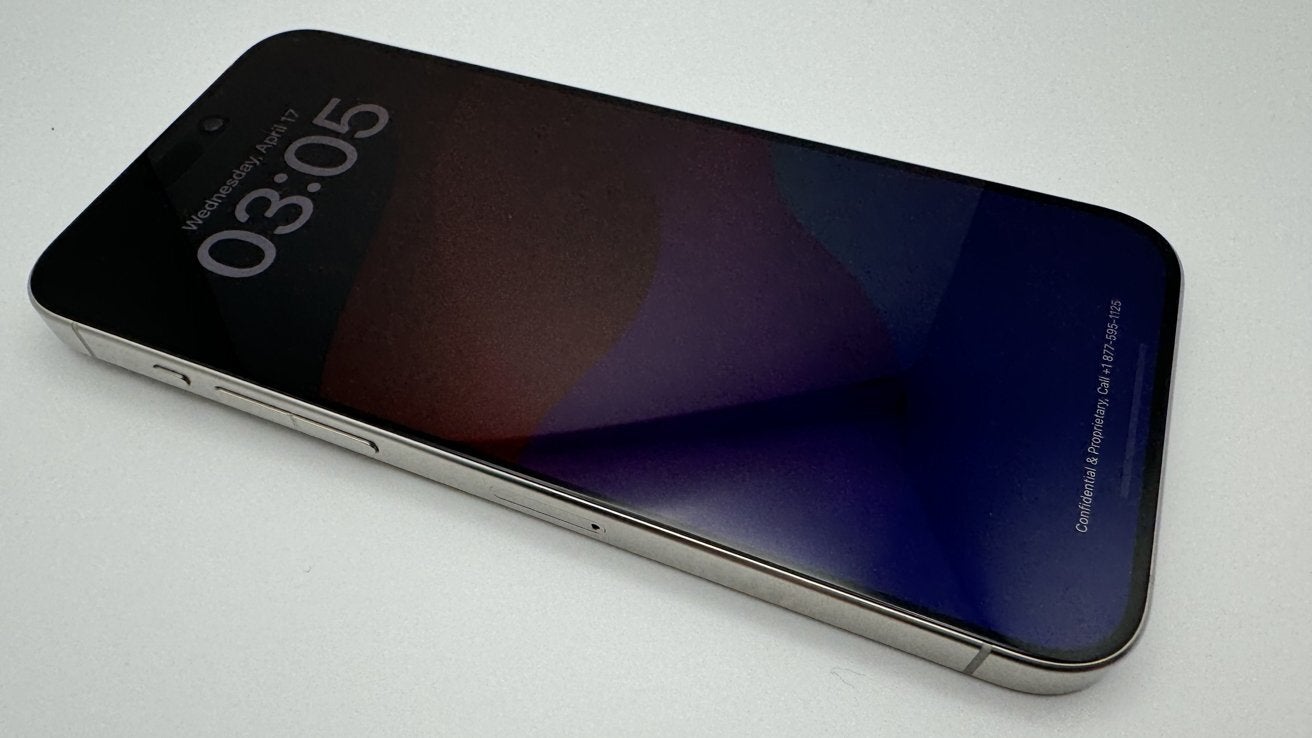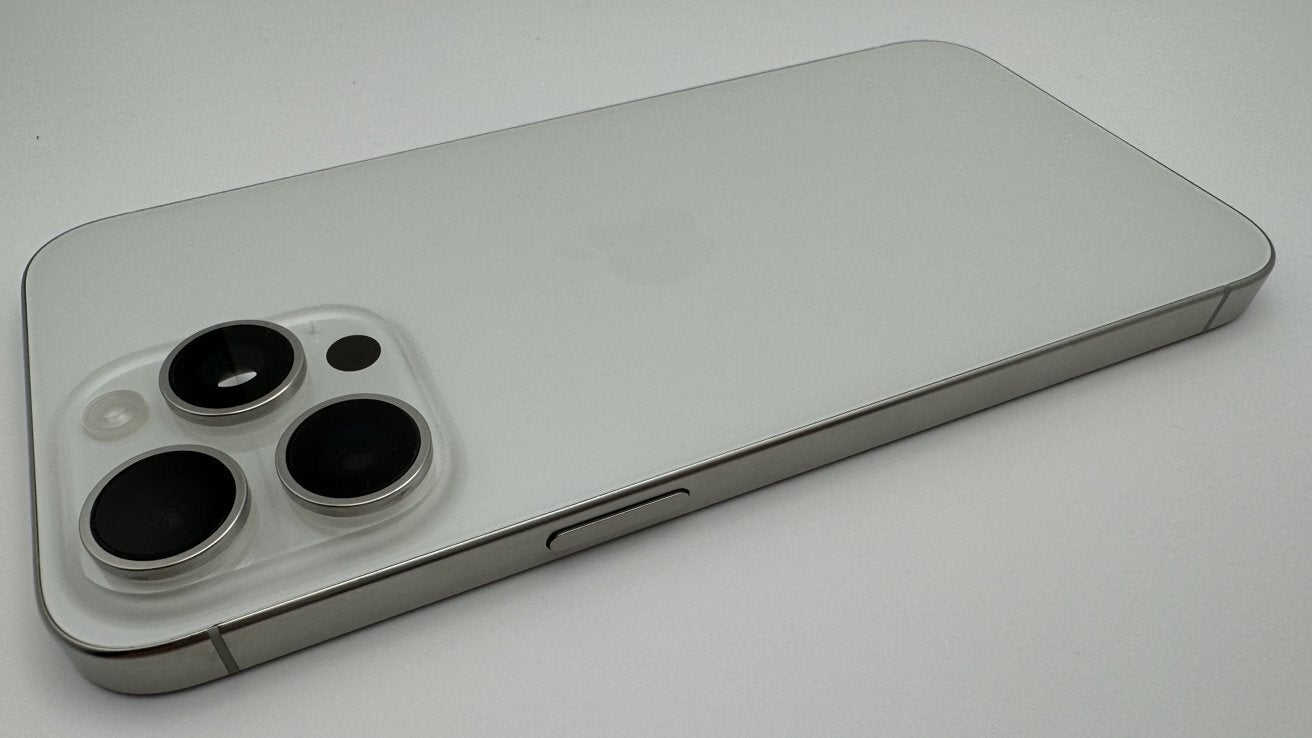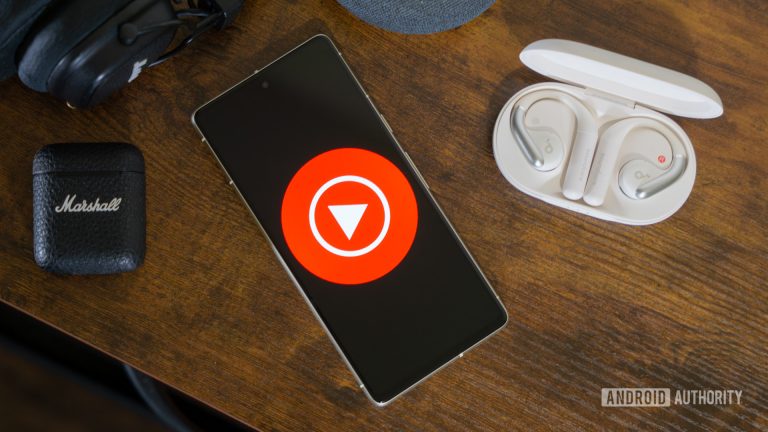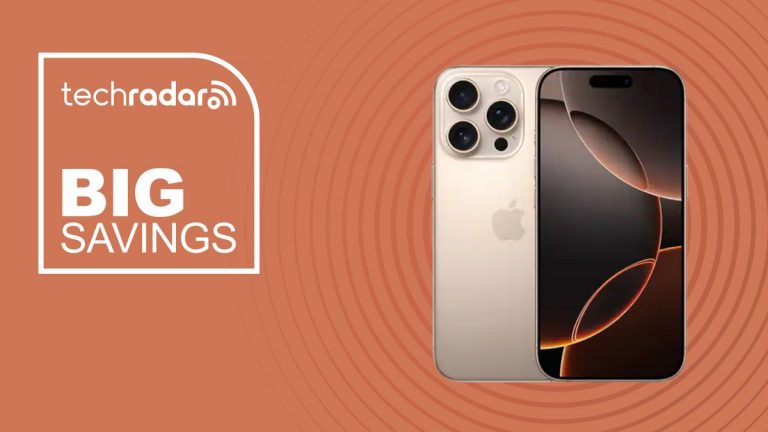Images surface of a prototype iPhone 15 Pro Max before Apple scrapped a major change

Apple is reportedly planning to use capacitive buttons for the upcoming iPhone 16 series

A unified haptic volume button was tested last year for the iPhone 15 Pro Max|Image credit-AppleInsider

A Haptic power button on the iPhone 15 Pro Max prototype was smaller than the mechanical button used on the phone|Image credit-AppleInsider

Another look at the haptic unified volume button and the power button on an iPhone 15 Pro Max prototype|Image credit-AppleInsider
The haptic buttons that were being tested for the iPhone 15 Pro series were designed for the user to feel feedback and hear a clicking sound when the button was pressed. Because the haptic feedback was also felt when the button was released, the user felt as though he was using a mechanical button. As long as the phone had enough juice to display the charging indicator, the user could still feel the feedback from the button.
You might ask why would Apple design a haptic button that felt like the mechanical button that it was to replace. The answer is that mechanical buttons get worn out from repeated use. Apple did use a solid-state home button on the iPhone 7 although this button did not move like the haptic buttons on the iPhone 15 Pro Max prototype.
Will the new Capture button be capacitive or mechanical?
The haptic buttons worked by using gauges to detect pressure which caused the resistance in an electrical circuit to change. Changes in the resistance were measured to determine which part of the unified volume button was pressed so that the device could respond to a request from the user to raise the volume or lower it. When the button was pressed a signal would travel to the main logic board.

Another look at the iPhone 15 Pro Max’s scrapped haptic power button|Image credit-AppleInsider
I don’t know how you feel about using haptic buttons and for many, it probably won’t make any difference. Most iPhone users probably trade in their old devices before the buttons become unusable. We will surely find out what Apple’s intentions are in September when the iPhone 16 series is unveiled. Believe it or not, that is only two months away.





